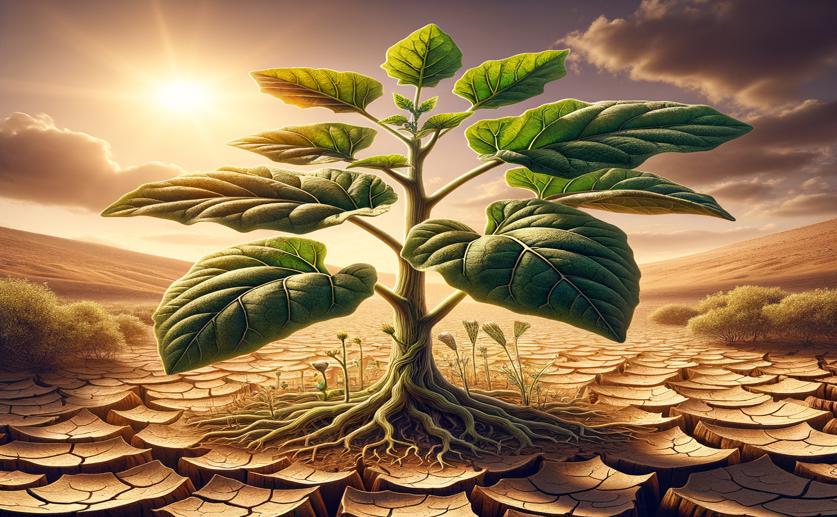
Understanding Drought Resistance in Wild Eggplants Through Leaf Light Response
Jim Crocker
26th July, 2024

Image Source: Natural Science News, 2024
Key Findings
- The study, conducted in Maharashtra, India, used chlorophyll fluorescence (ChlaF) imaging to assess drought tolerance in eggplant and its wild relatives
- Wild eggplant species like S. macrocarpum, S. torvum, and S. indicum showed better drought tolerance compared to cultivated eggplant
- ChlaF imaging revealed that these wild species maintained higher photosystem II efficiency under desiccation, indicating their potential for breeding more resilient eggplant varieties
References
Main Study
1) Deciphering desiccation tolerance in wild eggplant species: insights from chlorophyll fluorescence dynamics
Published 25th July, 2024
https://doi.org/10.1186/s12870-024-05430-9
Related Studies
2) Deciphering phenotyping, DNA barcoding, and RNA secondary structure predictions in eggplant wild relatives provide insights for their future breeding strategies.
3) The role of active oxygen in the response of plants to water deficit and desiccation.
4) Photosynthesis: basics, history and modelling.



 24th July, 2024 | Jenn Hoskins
24th July, 2024 | Jenn Hoskins